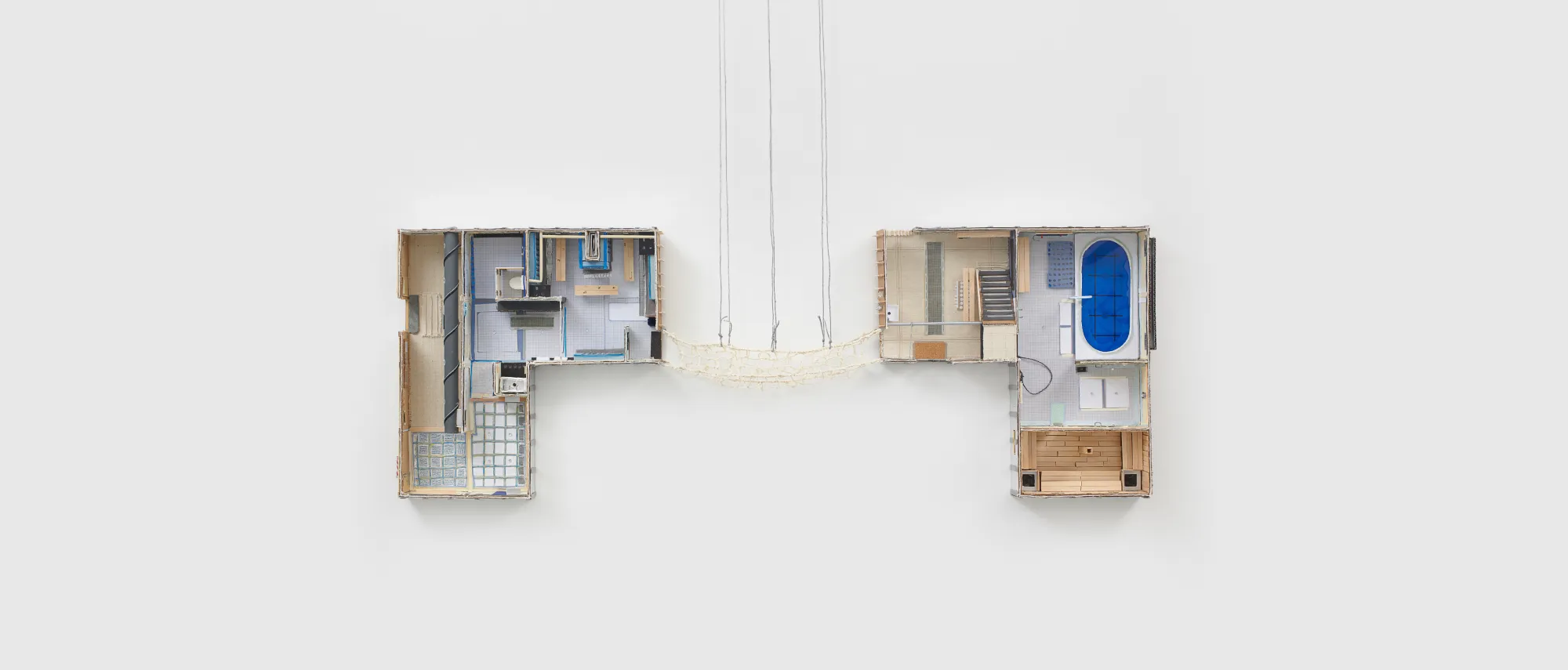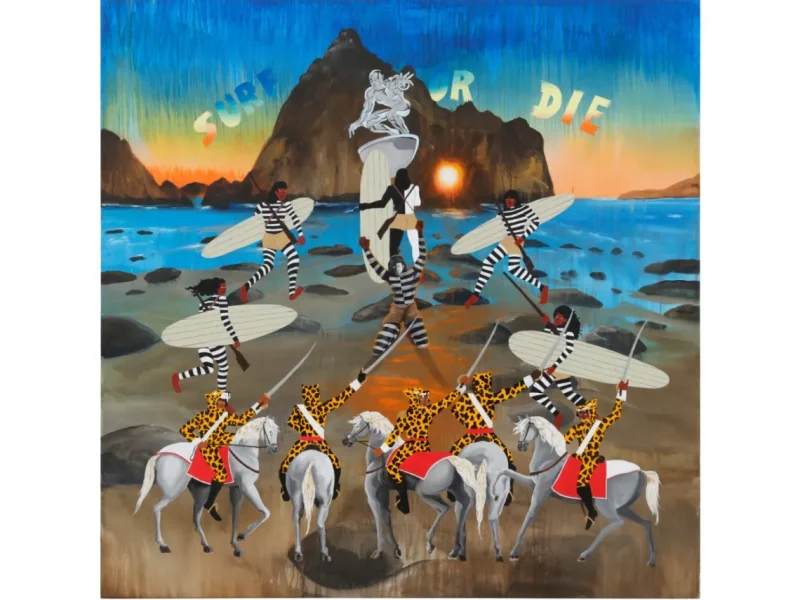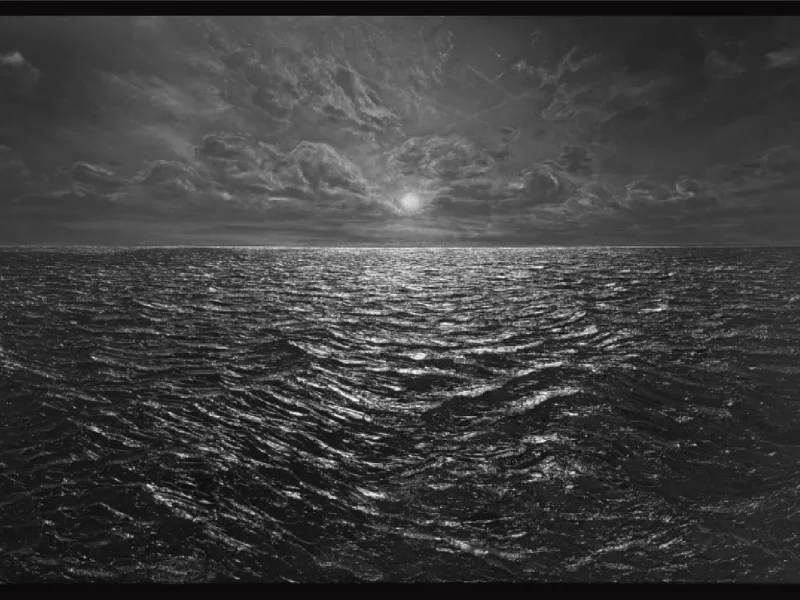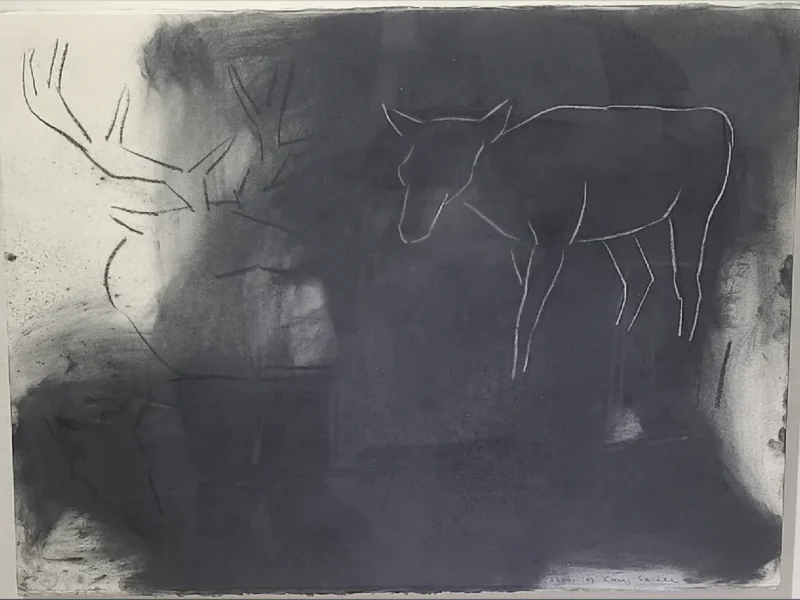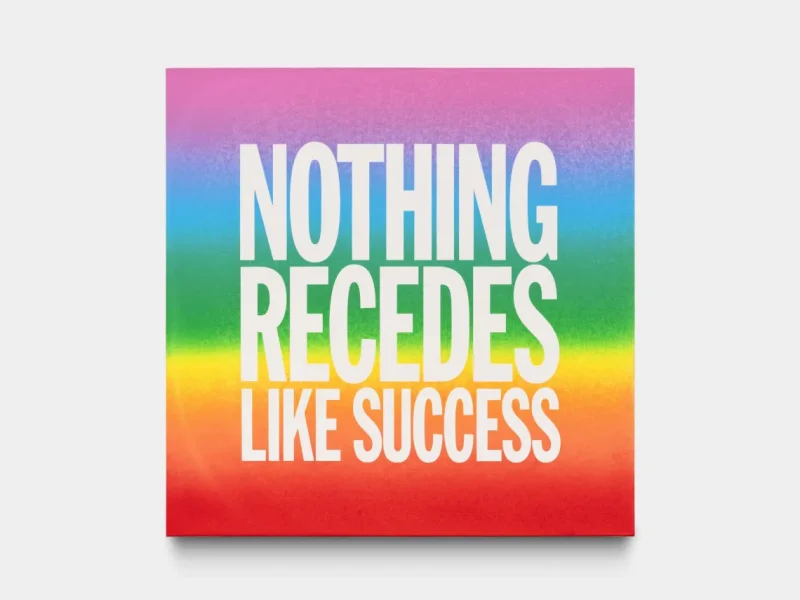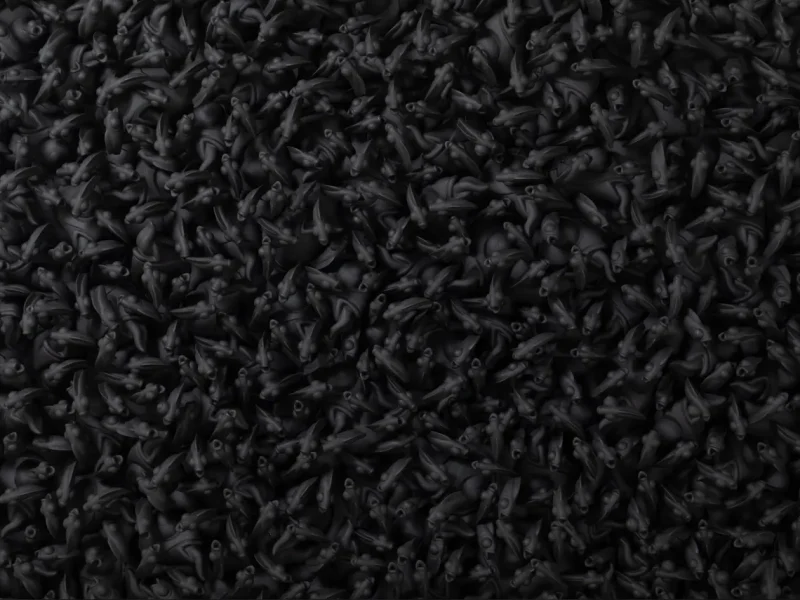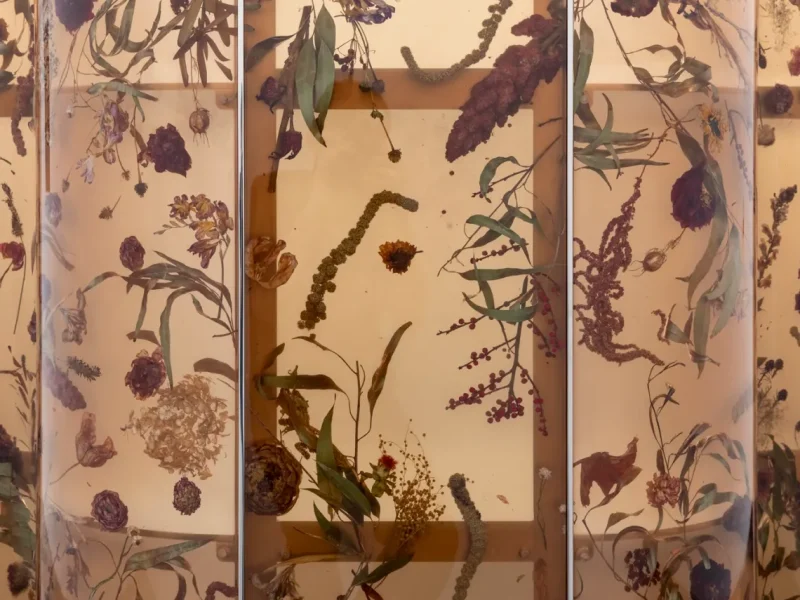Douglas Watt is known for creating tiny universes. His intricate dioramas reimagine familiar spaces using everyday materials found at thrift stores or on the street. At Tokyo Gendai this September, Watt will present a large-scale installation with Unit 17. Here, he reflects on this shift in scale, as well as his practice and the various challenges he has faced as an artist.
“Making art is a special ritual where I take stock of the world, harness difficult contradictions, process the unsayable, and make space for reinvention”
What do you enjoy most about being an artist?
Being an artist is always surprising. It has connected me to many people and places and ideas I couldn’t have imagined. Making art remains a special ritual for me where I take stock of the world, harness difficult contradictions, process the unsayable, and make space for reinvention.
What’s the most challenging thing about being an artist?
It can be difficult to find space, time, and money to make work. But I think an artist’s constellation of constraints gives each practice its unique texture.
What’s an aspect of your practice that you hold sacred?
I carry with me vivid childhood memories and reoccurring dreams that guide my practice. There is a great deal of sentimentality coursing through the work.
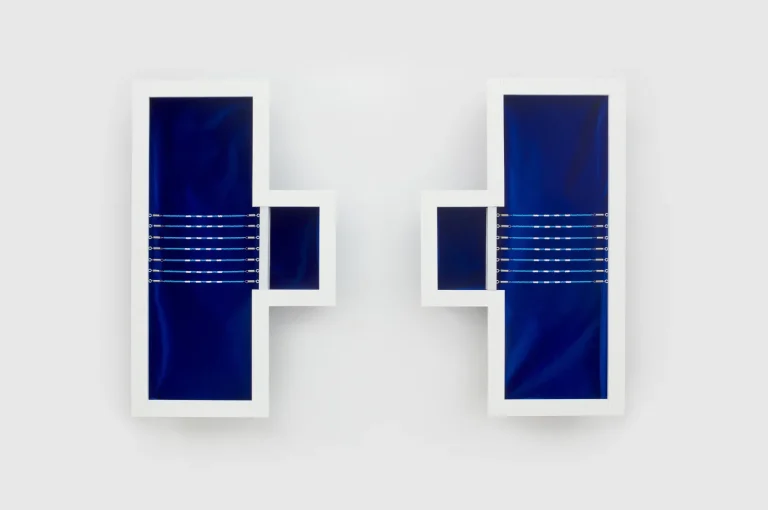
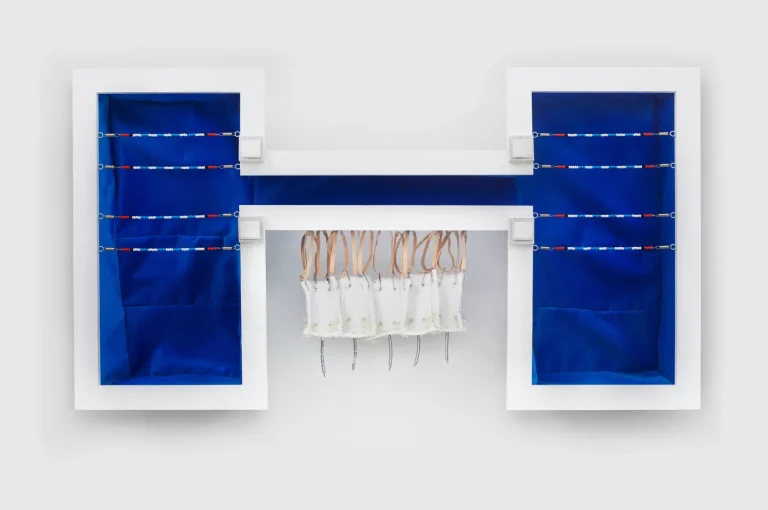
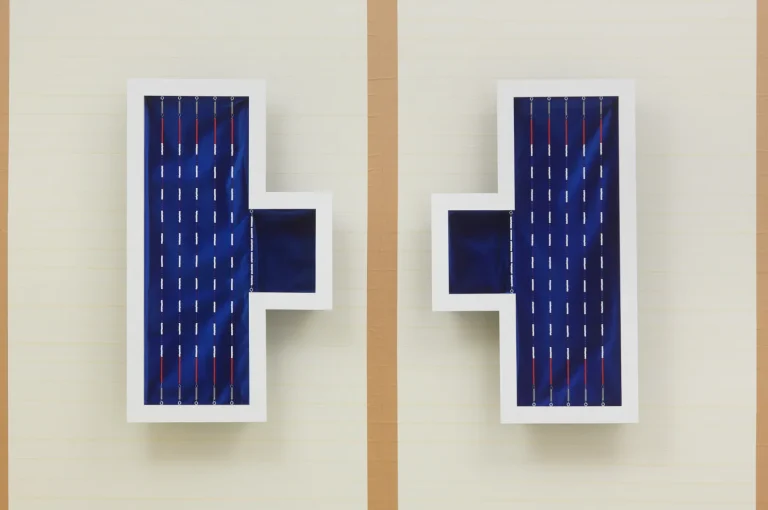
For Tokyo Gendai, you’re making a large installation piece of a foam pit. Can you tell us about your creative thought process, and what led you to making a larger piece?
I love diving and gymnastics, so I follow several athletes on Instagram. They’re often in large gyms with large pits filled with foam cubes used to soften their falls. The pit has become an object of fascination for me for many reasons. Like art, it is a space of experimentation and allows one to be fearless. I also find the pits and gym equipment more generally so unassumingly beautiful.
I tend to fixate on spaces or objects with the intention of channelling them into artworks. When remaking them with everyday materials there is a translation process: from the world into an idea, and then into an artwork through material and technique. The artwork emerges from that translation.
At first, my sculpture or an installation might appear as if it is part of the usable world. I am interested in the moment when the urge to use the artwork is redirected to the mind, into a conceptual space. From there, you can begin to untether the objects’ proper use and proper meaning. There might be a feeling of surprise or disillusionment when you realise the work does not adhere to expectations. This is where art begins for me.
“There is a certain kind of truth telling in selecting materials, often driven by unconscious desires, nostalgic attachments, and real-life circumstances”
What were the challenges you faced in creating this installation?
I tend to work alone at home and on a more personally manageable scale. I’m making large-scale work from home, at a scale I haven’t yet achieved, and in a place I have never been before. This will require some assistance and faith that it will all come together.
Do you have a different approach or mindset between creating your diorama works, and your larger scale works?
Each artwork has its own challenges to overcome but I would like to think my approach is the same, in the sense that I am trying to make each artwork work. There is an ongoing reflexive process to determine what will make each work both clear and enigmatic.
I have always been fascinated by scale. It is a concept that inevitably refers back to the body. Images tend to diminish our experience of scale and spatial arrangement. The image of something miniscule appears as the same size as something massive on our phones. I like to play with that whiplash of scale and spatial arrangement, like a sculptural cubism for the 21st century.
The way you use common materials to depict a space in miniature is ingenious. How do you decide which materials to use? Do you start with a general space in mind, or do you let the materials guide what space to make?
I typically start with a space that I am already visiting frequently in my daily routine or in my memories. That then turns into a type of artistic research where I begin to take stock of features that might have an aesthetic or philosophical potency and consider how those might translate into my work.
I find materials around my neighbourhood, usually at hardware stores, dollar stores, thrift stores, or on the street. Sometimes the material will suggest what it becomes, like silver duct tape becoming metal lockers in a change room, or I will seek out a material suitable as a substitute for something I want to replicate, like a clear plastic bead becoming a bubble. There is a certain kind of truth telling in selecting materials. It is often driven by unconscious desires, nostalgic attachments, and real-life circumstances.
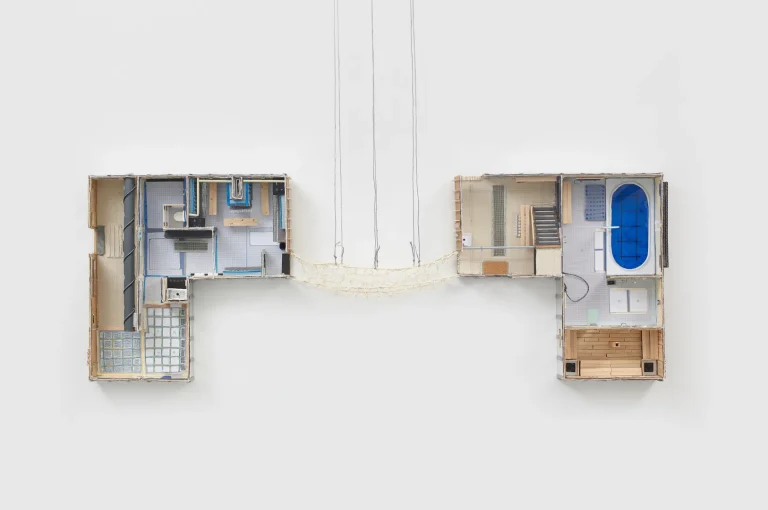
<Thank you very much! We look forward to seeing your work in September.>
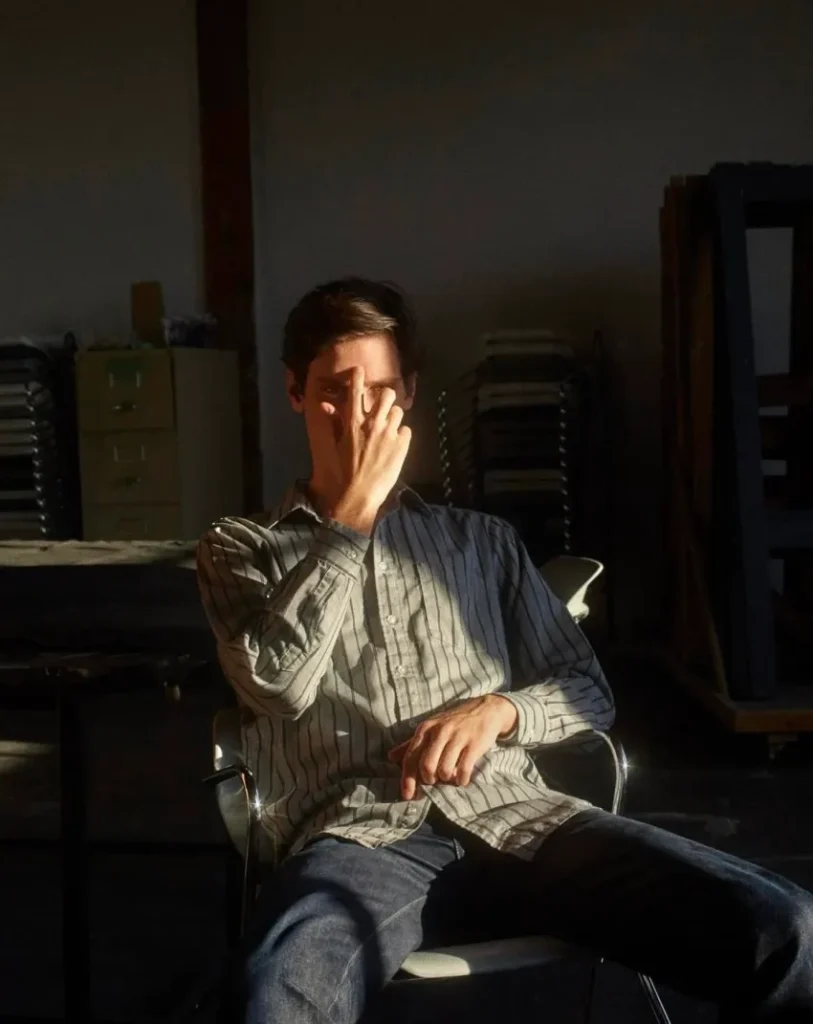
Douglas Watt
Douglas Watt (b.1990) is a Vancouver-based artist working on the unceded territories of the Musqueam, Squamish, and Tsleil-Waututh peoples. He holds degrees from Carleton and Simon Fraser universities, and OCAD. Recent exhibitions include Tara Downs (New York), Yaby (Madrid), and Pumice Raft (Toronto), alongside curatorial projects across Canada. He recently presented a solo exhibition ’Infamous Stain’ at Pumice Raft, Toronto.

